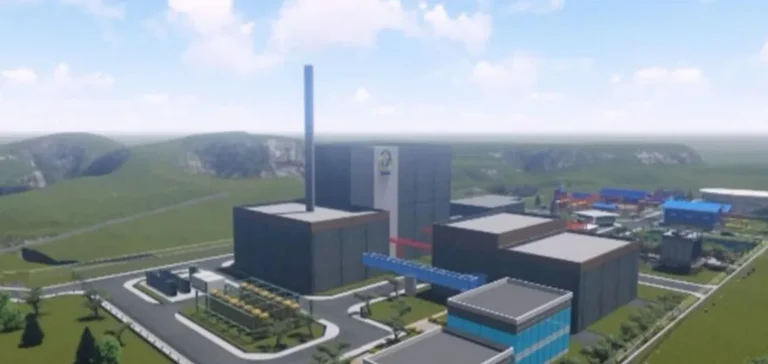Southeast Asia could invest up to $208bn to develop 25 gigawatts of nuclear capacity by 2050, according to a recent sectoral analysis. This strategy marks a major shift in the region’s energy policy, historically dependent on coal and gas for baseload generation. No country in the region currently has an operational nuclear reactor.
Small modular reactors in the lead
The study identifies small modular reactors (SMRs) as the preferred technology despite an estimated generation cost of $220/MWh in 2050—more than double the $101/MWh for conventional nuclear plants. SMRs offer decisive operational advantages, notably accelerated deployment in two to three years, compared to ten to thirty years for traditional projects.
“Regardless of upfront costs, SMRs allow for rapid deployment with lower regulatory complexity,” said Robert Liew, Director Asia Pacific (excluding China) for Renewables Research. This speed is seen as a strategic lever for high-demand markets such as Southeast Asia.
Uneven nuclear rollout across the region
Among countries in the region, only Vietnam and the Philippines have officially announced large-scale nuclear projects. The nuclear scenario forecasts that only Vietnam will succeed in building a pressurised water reactor (PWR) plant. The country aims for between 10.5 and 14 GW of capacity by 2050, with initial commissioning expected as early as 2030.
Malaysia is targeting 1.2 GW of SMRs by 2050, with an initial launch pushed to 2035. The Philippines aims for 2.4 GW, though only half of that capacity is expected to materialise. Thailand plans a nuclear return with 600 MW by 2037, growing to 3 GW in 2050. Indonesia’s ten-year power supply plan includes two 250 MW SMRs, targeting 5% nuclear generation by 2040. Singapore may add 800 MW to reduce reliance on imported liquefied natural gas.
Public-private partnerships and industrial prospects
High upfront costs are not deterring growing private-sector interest. Small modular reactors open opportunities under corporate power purchase agreements (CPPAs), offering stable, low-emission baseload solutions.
According to the study, public electricity companies are expected to play a central role as off-takers and co-investors in projects. These public-private partnerships aim to share risk and fill capital gaps.
In liberalised markets with high price sensitivity, such as Singapore and the Philippines, nuclear power could help lower wholesale electricity prices. This trend strengthens the economic appeal of nuclear power despite substantial initial investment requirements.






















